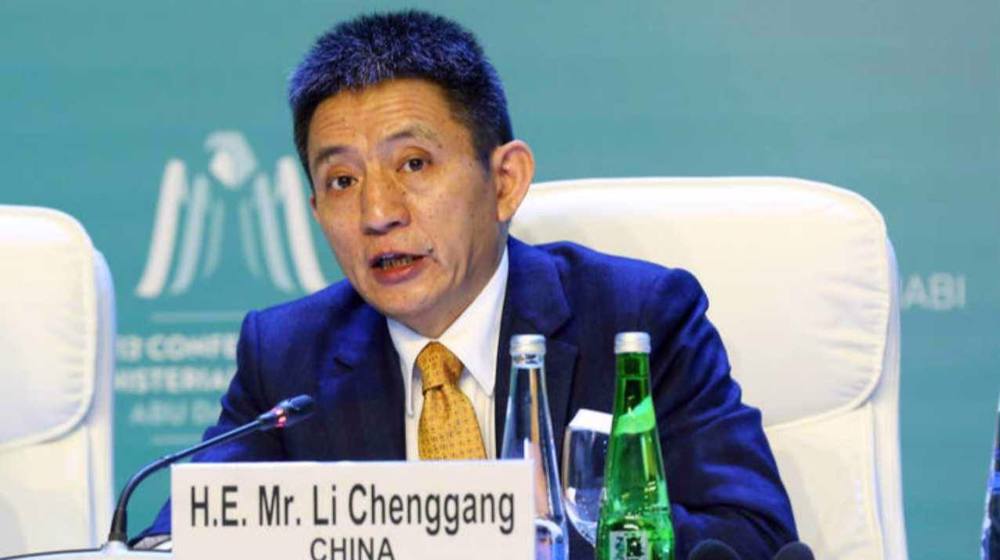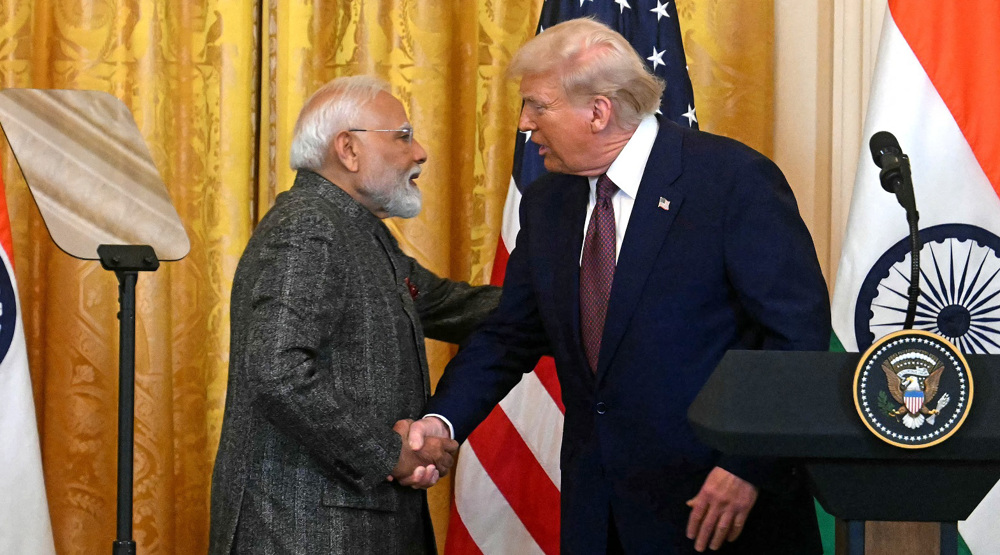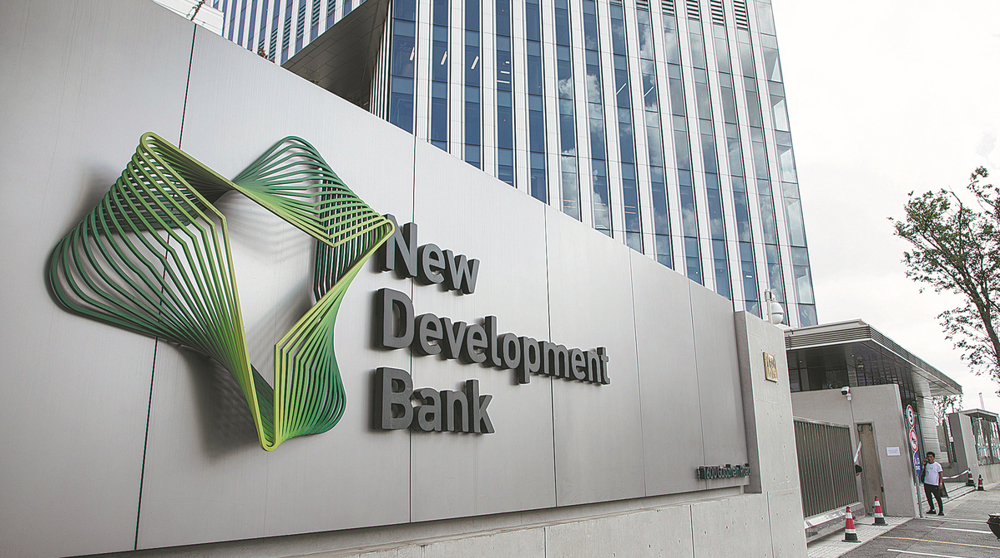BRICS Bank to expand trade in national currencies amid sanctions: South Africa
New Development Bank (NDB) launched by the BRICS bloc aims to increase local currency fundraising and lending, amid Western sanctions against founding shareholder Russia, South African Finance Ministry has announced.
According to South African Finance Minister Enoch Godongwana, increasing local currency use among NBD members will be on the summit’s agenda, with the aim of reducing the impact of foreign exchange fluctuations rather than de-dollarization.
“Most countries that are members of the NDB have been encouraging [it] to provide loans in local currencies,” Godongwana declared as quoted in a Reuters report on Monday.
“[It is] not doing as much as member countries require, but that is the strategic direction we are pushing the bank [in],” the minister added.
The statement by the finance ministry comes ahead of a BRICS leader’s summit, which will be held in South Africa later this month, amid a growing intention of its leaders to challenge the hegemony of the dollar.
NDB Chief Financial Officer Leslie Maasdorphas also said the bank aims to increase local currency lending from about 22% to 30% by 2026.
Citing the NDB’s April investor presentation, the report added that the financial institution has so far approved the equivalent of more than $30 billion in loans, with two-thirds being in dollars.
Analysts have suggested that US sanctions on Russia have underpinned the need to boost the NDB’s local currency fundraising and raise capital from new members, which could help it cut dependence on US capital markets.
The Shanghai-based NDB was established in 2014 by Brazil, Russia, India, China, and South Africa with the aim of providing funding for infrastructure and sustainable development projects.
The bank formally opened for business in 2015, and was later joined by Bangladesh, the United Arab Emirates, Egypt, and Uruguay. Saudi Arabia is also in talks to become a member.
The BRICS economies have been identified as the fastest-growing economies of the world and the engines of the global recovery process after the US subprime mortgage crisis in 2008.

China condemns ‘unilateral and arbitrary’ US tariffs

China warns US, India after Trump surge in arms sales to New Delhi

US makes debut passage through Taiwan Strait under Trump's new administration
Australian senator smeared by anti-Iran groups for saying Iranian women ‘have a voice’
Palestinian man dies in Israeli prison as Foreign Ministry urges intl. probe into regime’s crimes
Putin says not opposed to Europeans’ involvement in Ukraine talks
VIDEO | Iranian Kurdish protesters demand European action against PKK, PJAK terror
VIDEO | Israel expands offensive in northern West Bank, deploys tanks to Jenin
VIDEO | Spaniards fill streets of Cádiz in solidarity with Palestine
VIDEO | ‘Genocidal war left al-Shati camp in ruins’
VIDEO | Palestinian female journalists in West Bank face Israeli threats








 This makes it easy to access the Press TV website
This makes it easy to access the Press TV website